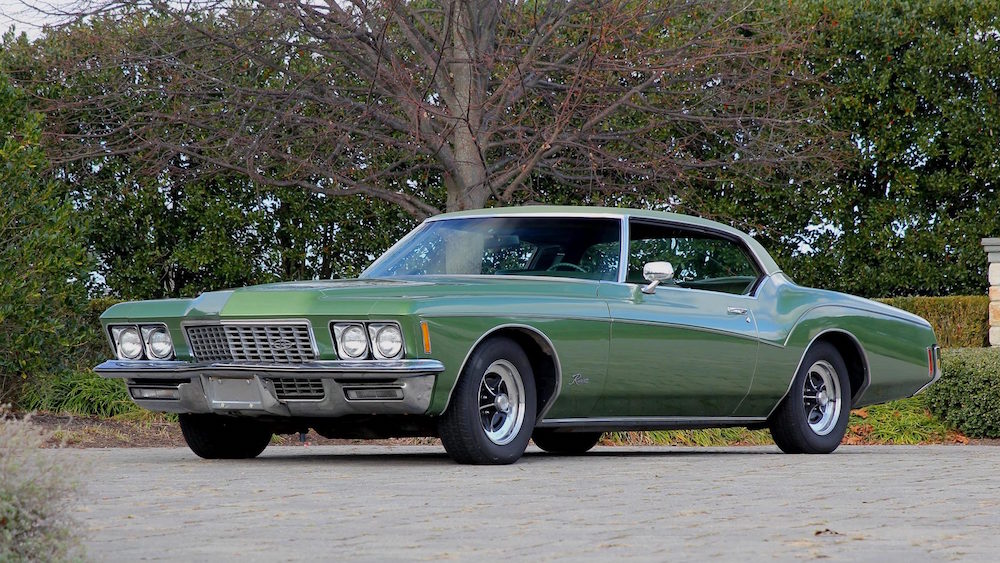
While current traction control systems make it easier to keep control when the driving is challenging, you might not know they date back to the 1970s.
In a decade where more regulations caused cars to become harder to live with, GM found a way to make it easier for you to drive some of the large cars it offered.
GM Introduced MaxTrac in 1972
The 1972 Buick Riviera was offered with the MaxTrac system which was the very first traction control system. This system worked extremely well, and with a lot less modern technology than what we see today. This system used a transmission speed sensors, a front wheel speed sensor, an electric controller, and an on-off switch to get the job done. The system would monitor the wheels spin and compare differences to determine if the car was slipping. The computer used would send a signal to the ignition if wheels were spinning and cut the spark, which was simple and effective, but eventually made illegal by the EPA. A 1972 Riviera could shoot flames from the added fuel that was dumped into the catalytic converter.
Making its Way Back
After being disallowed by the EPA, traction control didn’t return until 1979 in Cadillac models that used the Traction Monitoring System. This new system was developed to make it much better and except for the fact that we now have better sensors and computerized controls, the system that was offered by Cadillac is pretty much the same as what we see on the market today. That means GM was certainly the first to market with the traction control that we want to enjoy when we drive.
Continued Development of this Technology
Traction control has changed quite a bit in some ways over the past few years. The systems we see today have a better method of cutting the power. Instead of just cutting the power, the cars of the 1990s cut the power and the fuel to ensure there wouldn’t be a flame that could come out of your car. Today, this system will ease up on the throttle to stop the wheels from spinning and allow them to regain traction when it’s time to continue the drive on the road.
What We See Today
Automakers should thank GM for beginning the process of having traction control on vehicles, even though the first iteration of it was extremely primitive. Today, automakers can program this system to allow you to have more fun and more safety on the road. Have you ever done a burnout in a Mustang? If so, you’ve seen the benefits of traction control programming that’s offered for the drive. If you’ve ever enjoyed pushing through the snow in your GMC Yukon or Ford Explorer, you’ve definitely experienced the benefits of traction control. Nearly every vehicle we see on the market today is offered with traction control, which is a serious safety benefit for you that you can enjoy when you drive.
This post may contain affiliate links. Meaning a commission is given should you decide to make a purchase through these links, at no cost to you. All products shown are researched and tested to give an accurate review for you.